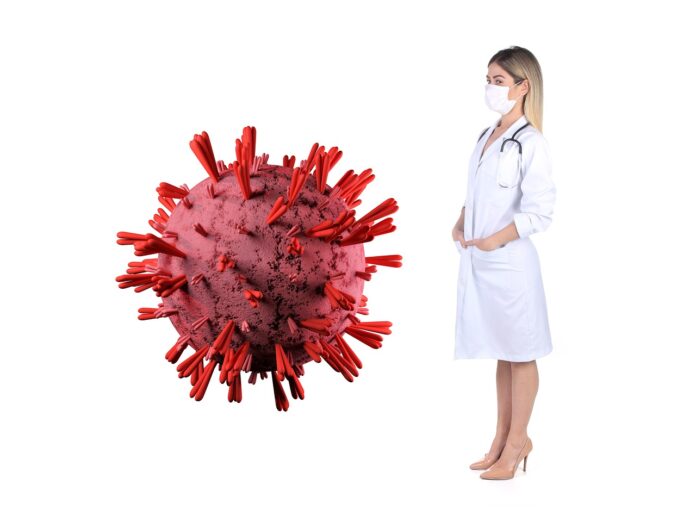If you ask any one of us what we know about ourselves, we likely won’t recall much noteworthy information, yet humans are special creatures. As a representative of the Homo Sapiens species, humans are at the pinnacle of evolution. Endowed with consciousness, the gift of speech, and the ability to think, humans are the highest form of living organisms on Earth.
Every year, scientists discover more and more information about our origins, the development of our species, and our place in the universe. By understanding ourselves, it becomes easier to comprehend the world around us.
- The human body consists of 100 trillion cells. If all the space between atoms were removed, the remaining matter would easily fit through the eye of a needle.
- A person is 60% water, but it is distributed among tissues in different proportions: 75% in muscles, 80% in blood, 25% in bones, and 85% in the brain. It seems strange that the more liquid blood contains less water than an organ like the brain, but it’s true. For example, jellyfish consist of 99% water, yet they have a dense form and don’t dissolve in the sea.
- An adult human body contains around 70 kg of nitrogen, hydrogen, oxygen, carbon, and about 2 kg of phosphorus and calcium. There are only a few grams of iron, sulfur, chlorine, and potassium.
- The exact number of bones in the human body can’t be stated definitively by any anatomy specialist. Some people have significant variations, such as extra vertebrae or ribs. As people age, cartilage may fuse, forming seams. That’s why textbooks often state that there are over 200 bones in the skeleton.
- Among all animals, only humans can draw a straight line.
- People with green eyes are the rarest, making up only about 2% of the population. One reason for this rarity could be the influence of the Inquisition: in the Middle Ages, green-eyed women were considered witches and were burned at the stake.
- The only organ that cannot regenerate is the tooth.
- A person breathes 12-20 times per minute. In the spring, breathing frequency is about one-third higher than in the fall. For comparison, a canary breathes 108 times per minute, and rats 60 times.
- Babies are born without kneecaps, which form between the ages of 2 to 6.
- The heart pumps 10,000 liters of blood daily, supplying oxygen to all organs except the cornea, which gets oxygen from the air. The heart generates such tremendous pressure that it could lift blood to the height of a fourth floor.
- A resting heart rate does not exceed 80 beats per minute, and in women, the pulse is 6-8 beats faster than in men. Athletes and people performing heavy physical labor can have a heart rate of 200 beats per minute or even higher.
- Throughout a lifetime, the heart pumps 182 million liters of blood, enough to fill 200 tank cars.
- The heart can continue to beat even after being removed from the body because it has a special life-support system that operates on electrical impulses.
- The total length of all blood vessels in the body reaches 100,000 km. If laid out in a line, they would circle the equator 2.5 times.
- Educated people have a reduced risk of developing brain diseases. The best way to keep the brain healthy is to engage in new activities. Intellectual activity promotes the formation of additional tissue to compensate for damaged areas.
- On average, right-handed people live 9 years longer than left-handed people. Only 7% of the population is left-handed.
- About 2,000 left-handed people die each year due to mishandling equipment designed for right-handed people.
- The human eye can distinguish up to 10 million colors and shades, but the nose can detect one trillion smells.
- People without a lens in their eyes can perceive infrared or ultraviolet light.
- The most distant object visible to the naked eye is the Andromeda galaxy, located 2.5 million light-years away.
- If you light a candle on a clear, dark night, a person can see its flame from 50 km away.
- The body produces 25,000 liters of saliva over a lifetime, enough to fill two swimming pools. Each day, one liter of mucus is produced.
- In addition to sight, taste, smell, hearing, and touch, humans also have senses such as balance, pain perception, thermoception (the ability to detect temperature differences), and proprioception (awareness of the position of body parts).
- Not only are fingerprints unique to every individual, but so are tongue prints. Research is currently being conducted to create 3D visualizations of tongue prints, and soon, police might be able to identify individuals by their taste organ prints.
- Human bones are several times stronger than steel, capable of withstanding loads of over 8,000 kg — the equivalent of five pickup trucks.
- The human body contains about 2 kg of microbes. The oral cavity alone hosts billions of tiny organisms, and each ethnic group has its unique microbiota.
- Humans have about the same number of hairs on their body as our hairy relatives, the chimpanzees, but our hairs are much finer and lighter.
- The length of DNA in the human body, if uncoiled, would stretch a colossal 10 billion miles— the same distance as a round trip to Pluto.
- Humans have fewer genes than an earthworm.
- More than 20 years of a person’s life are spent sleeping.
